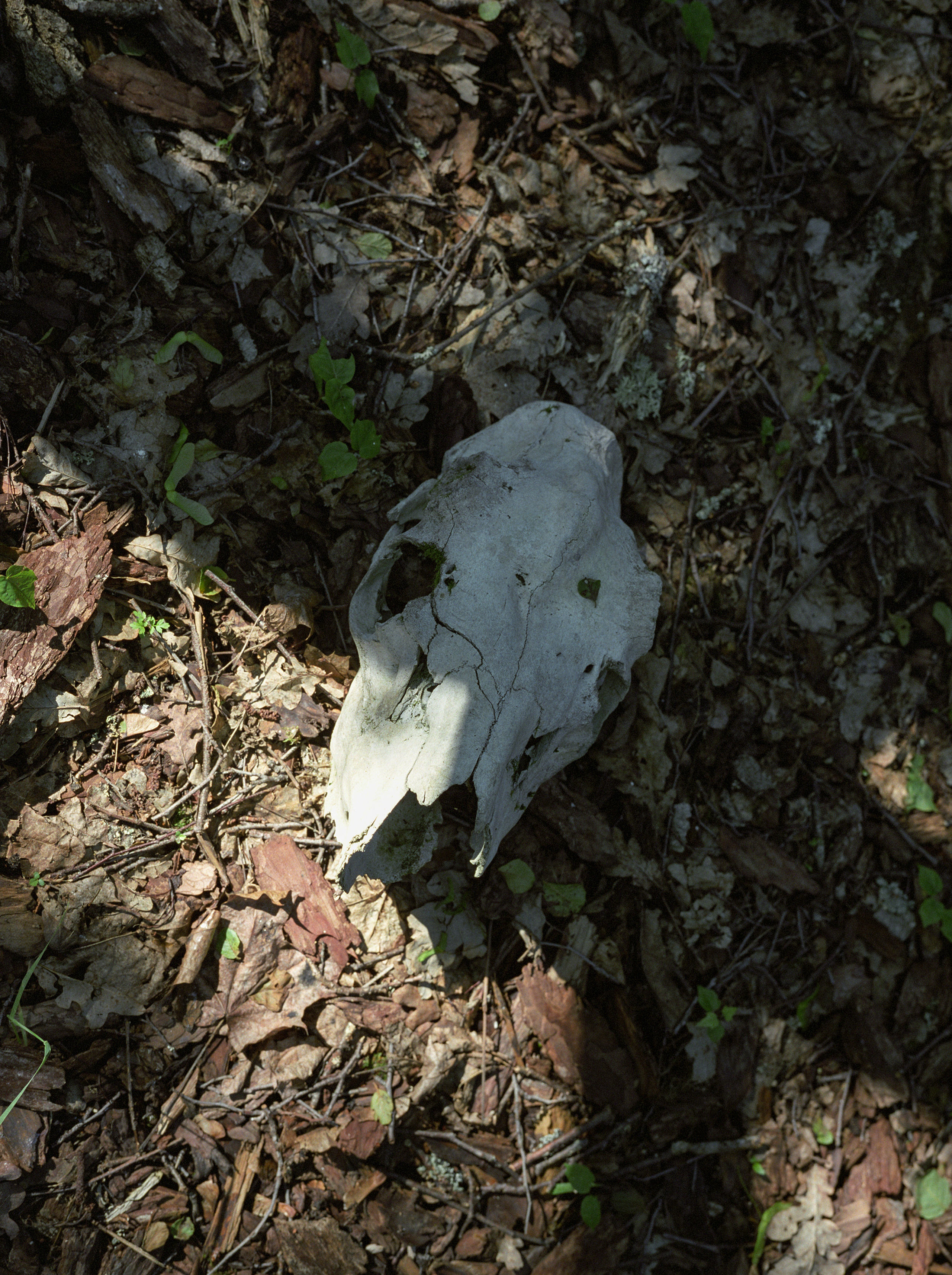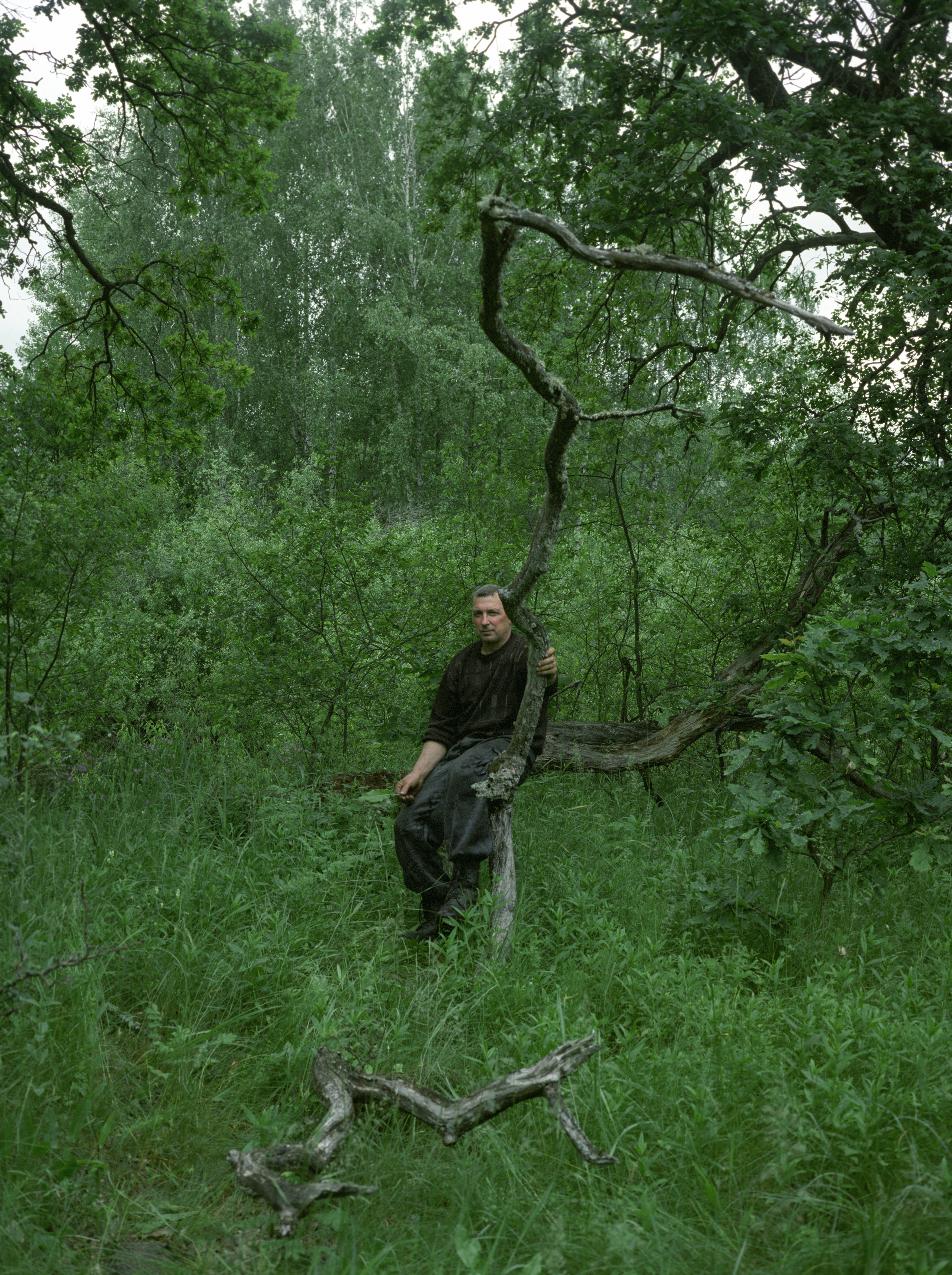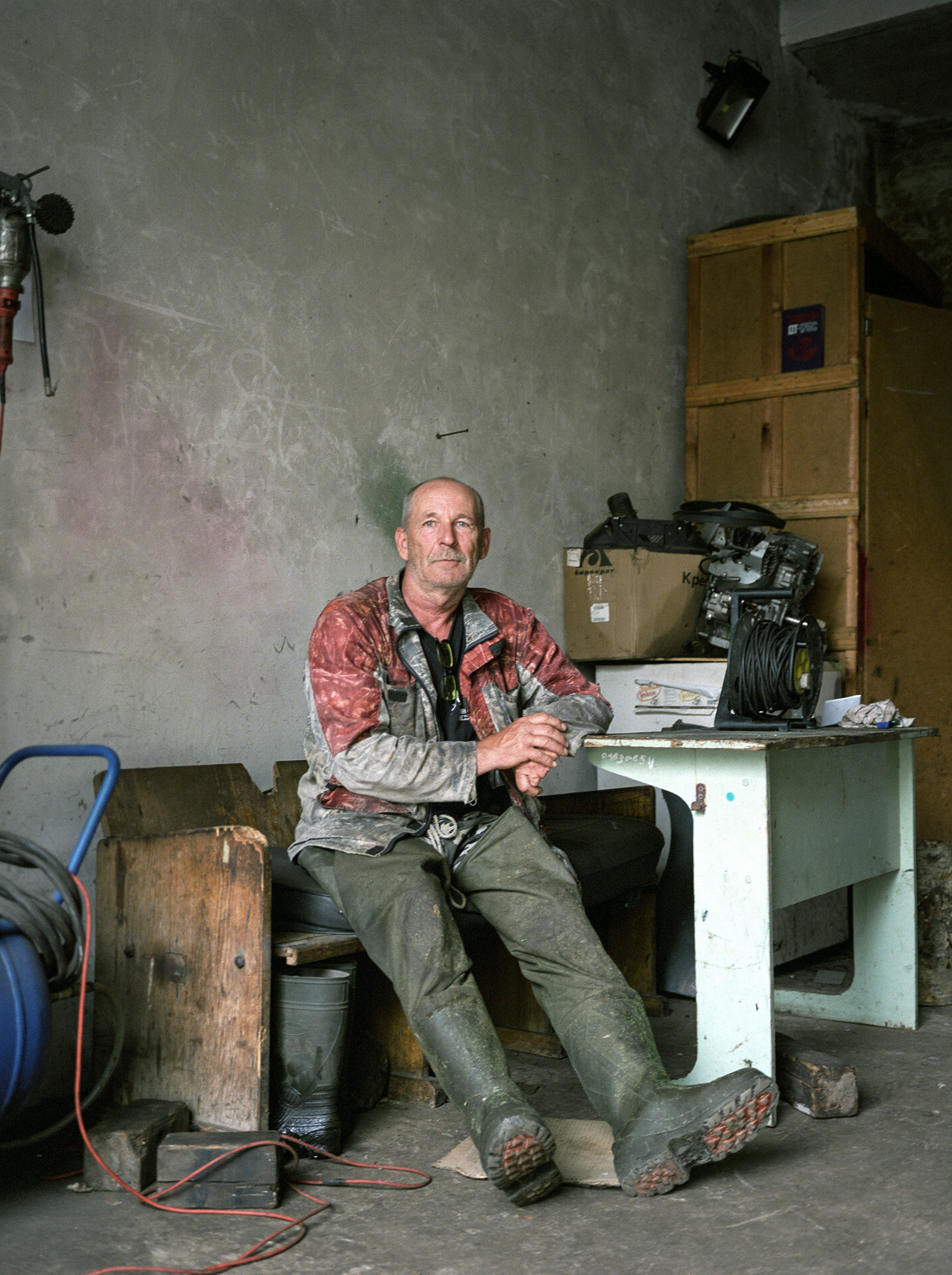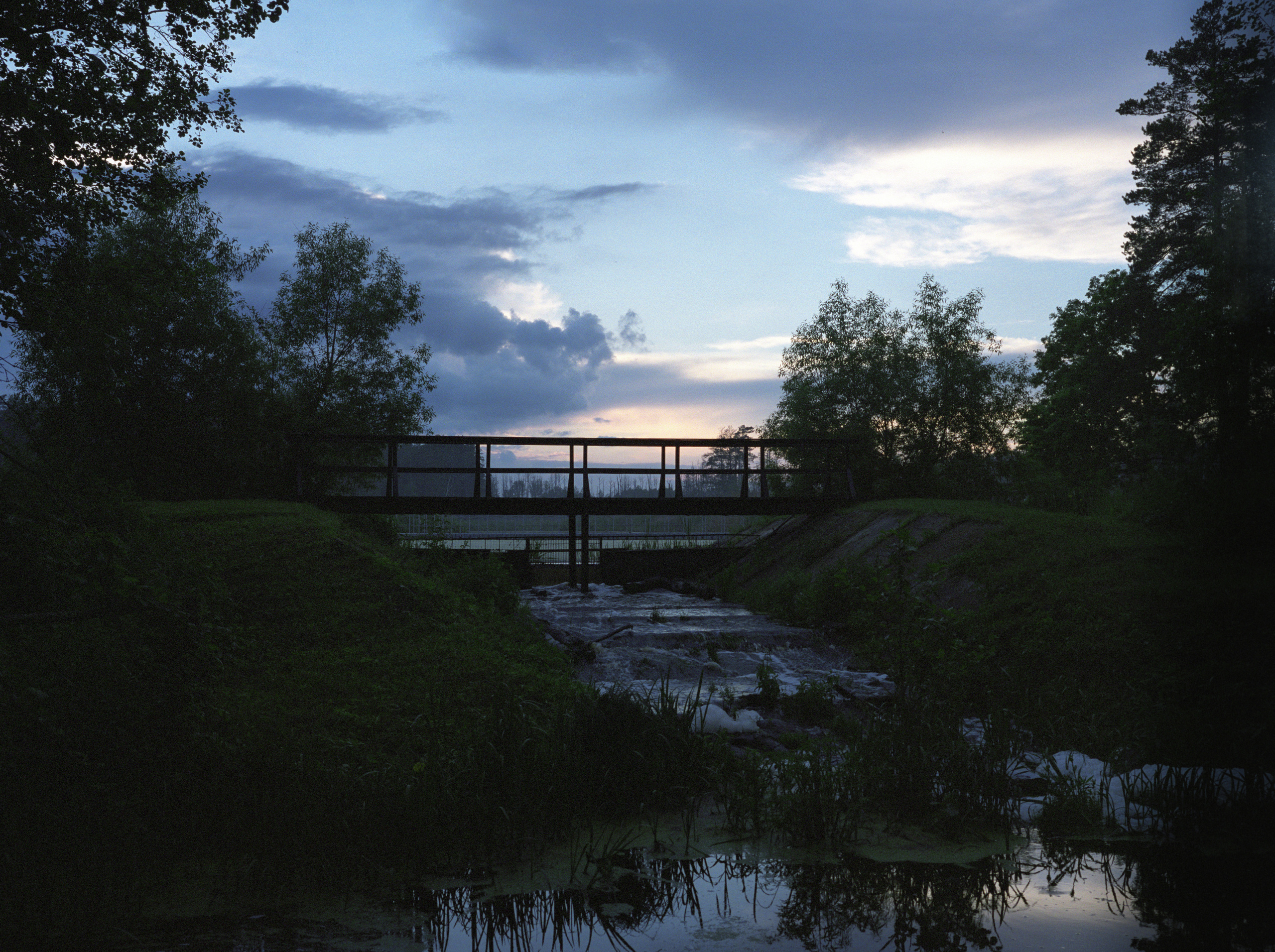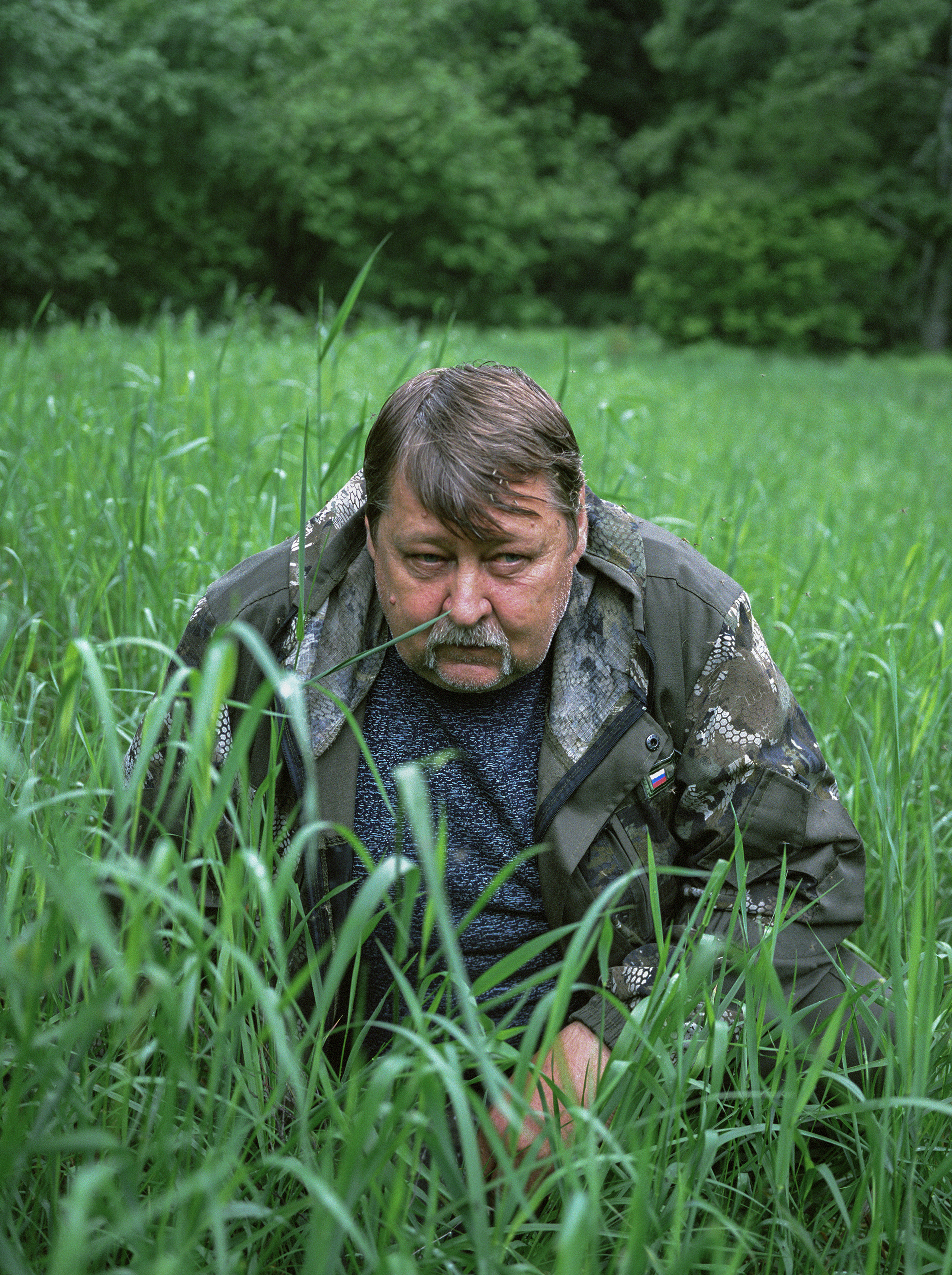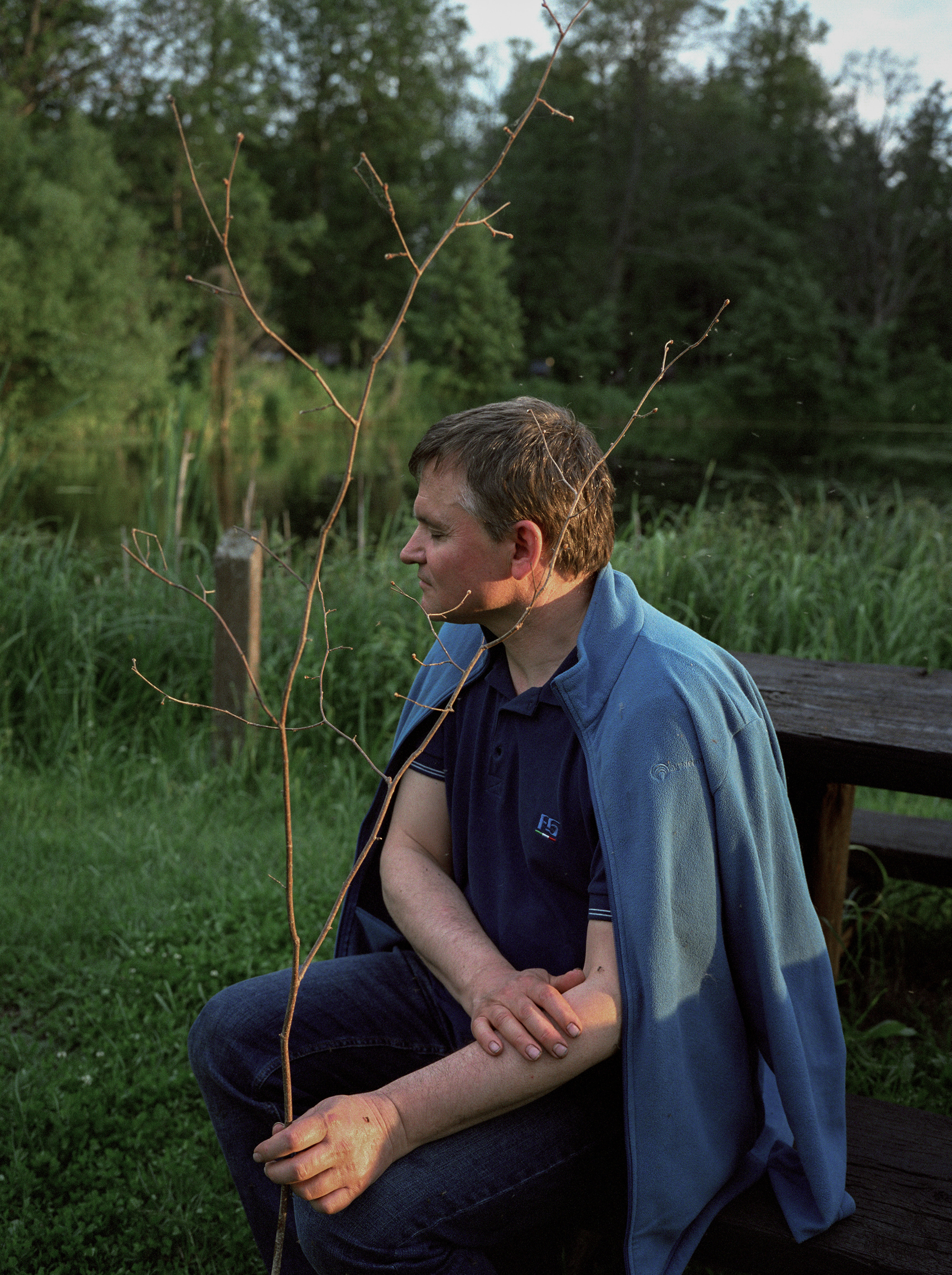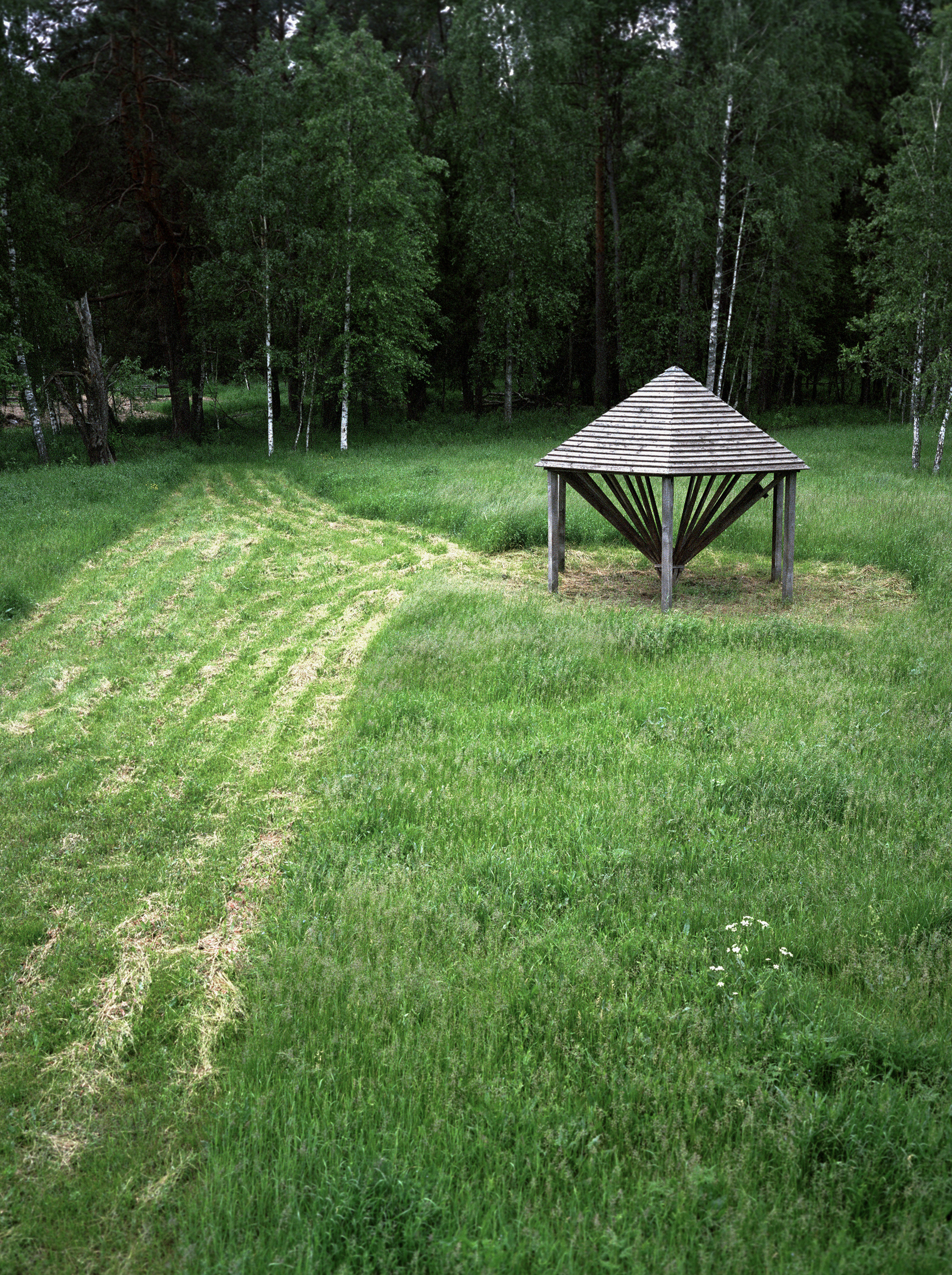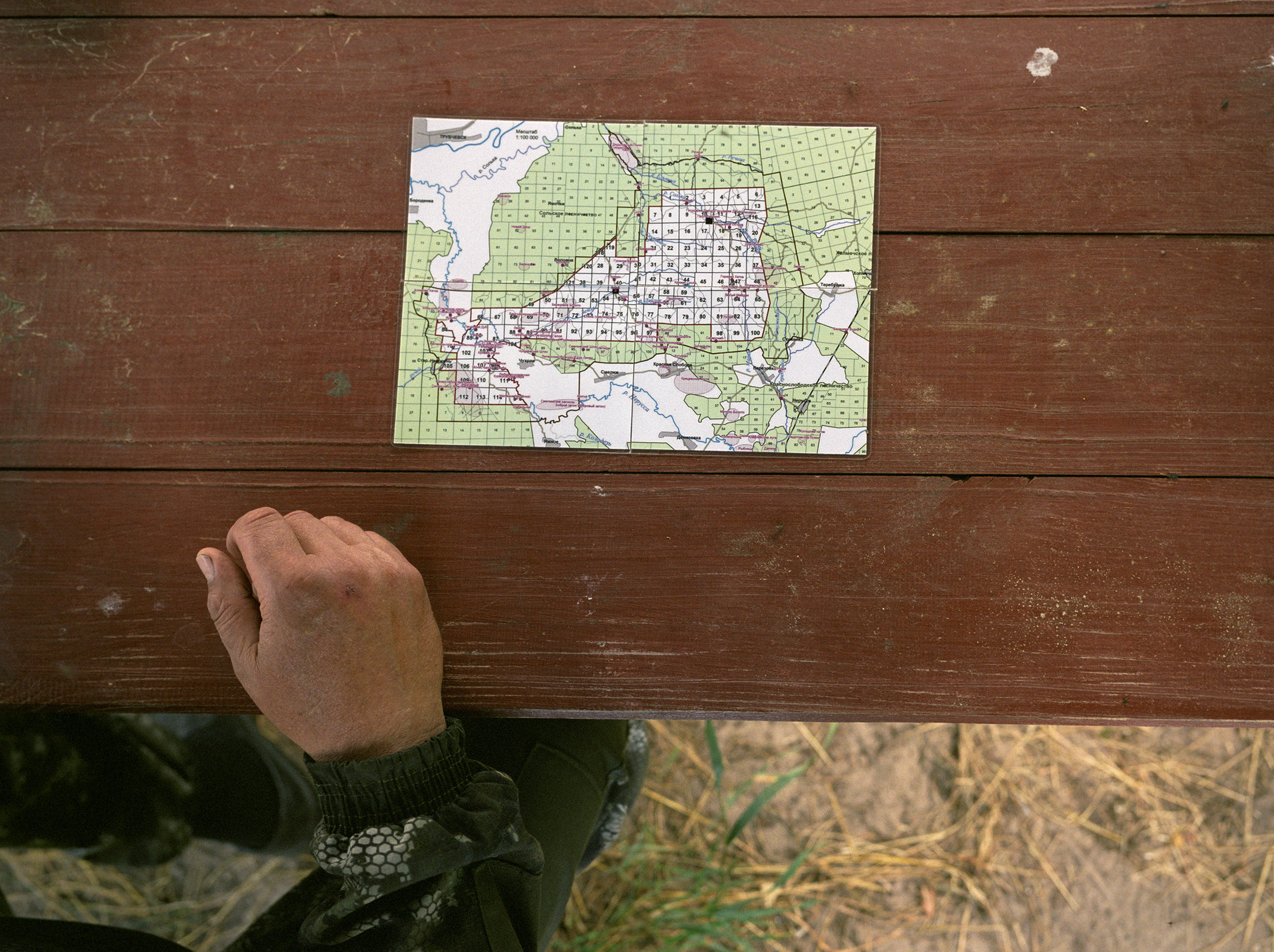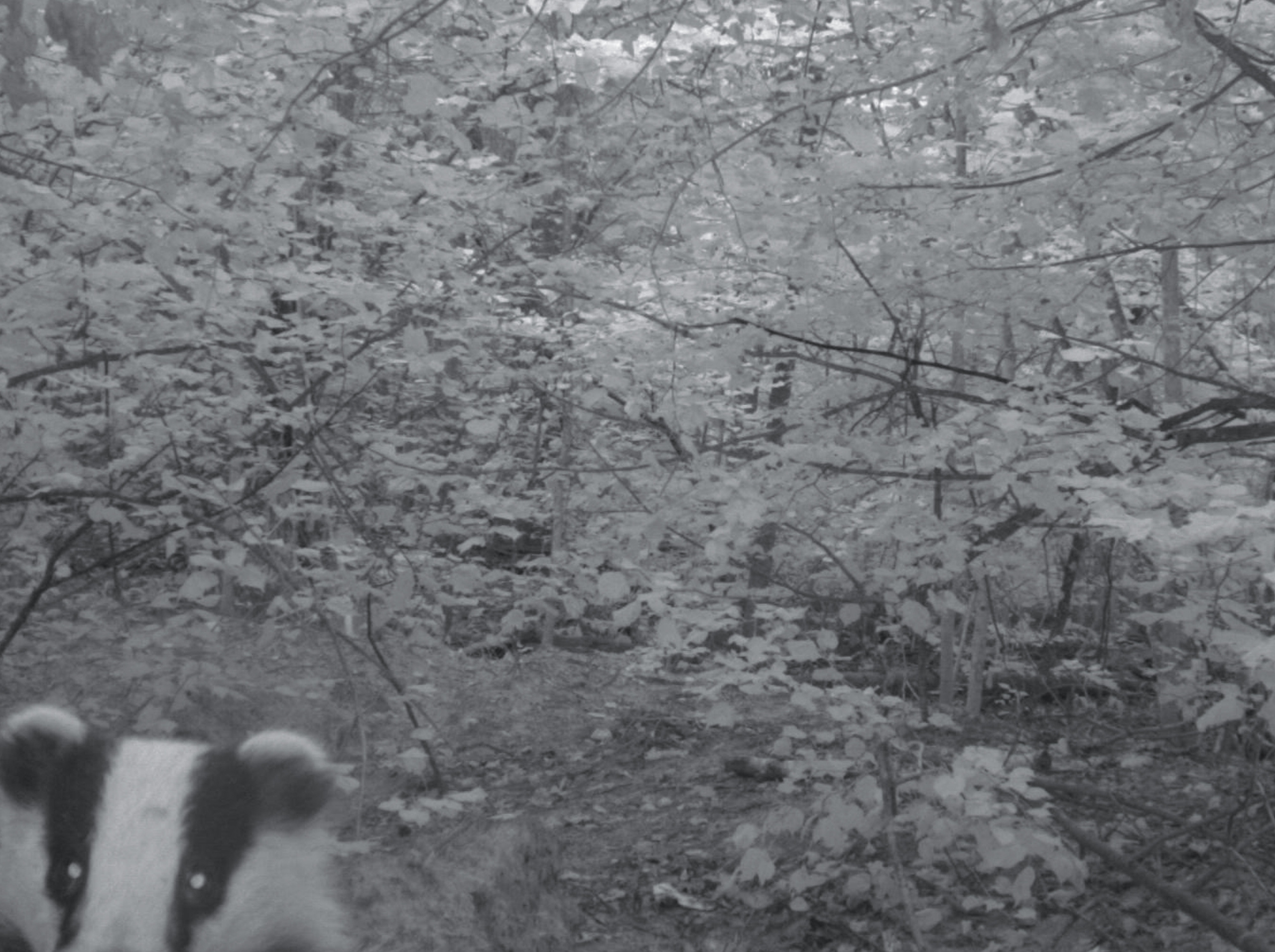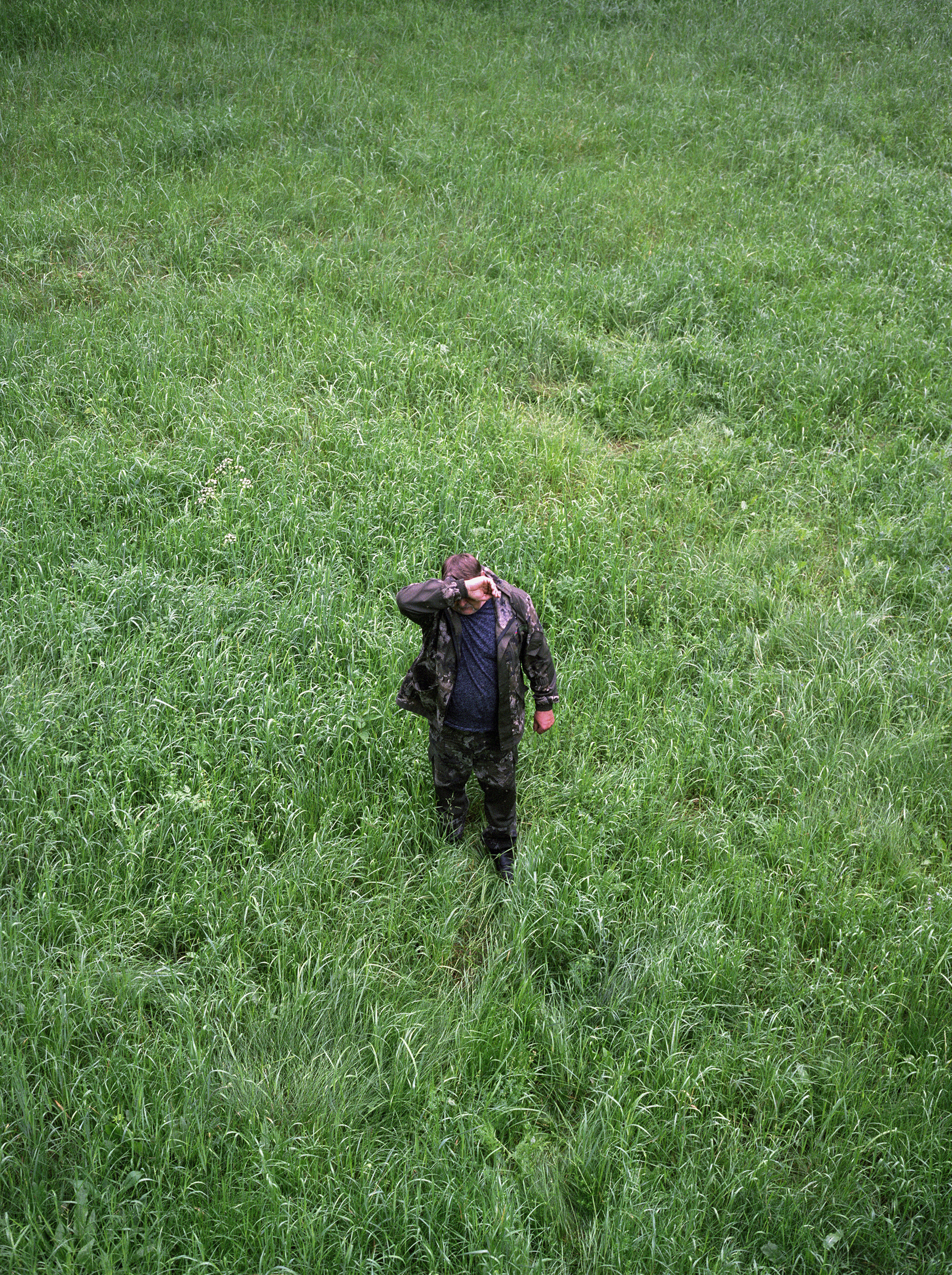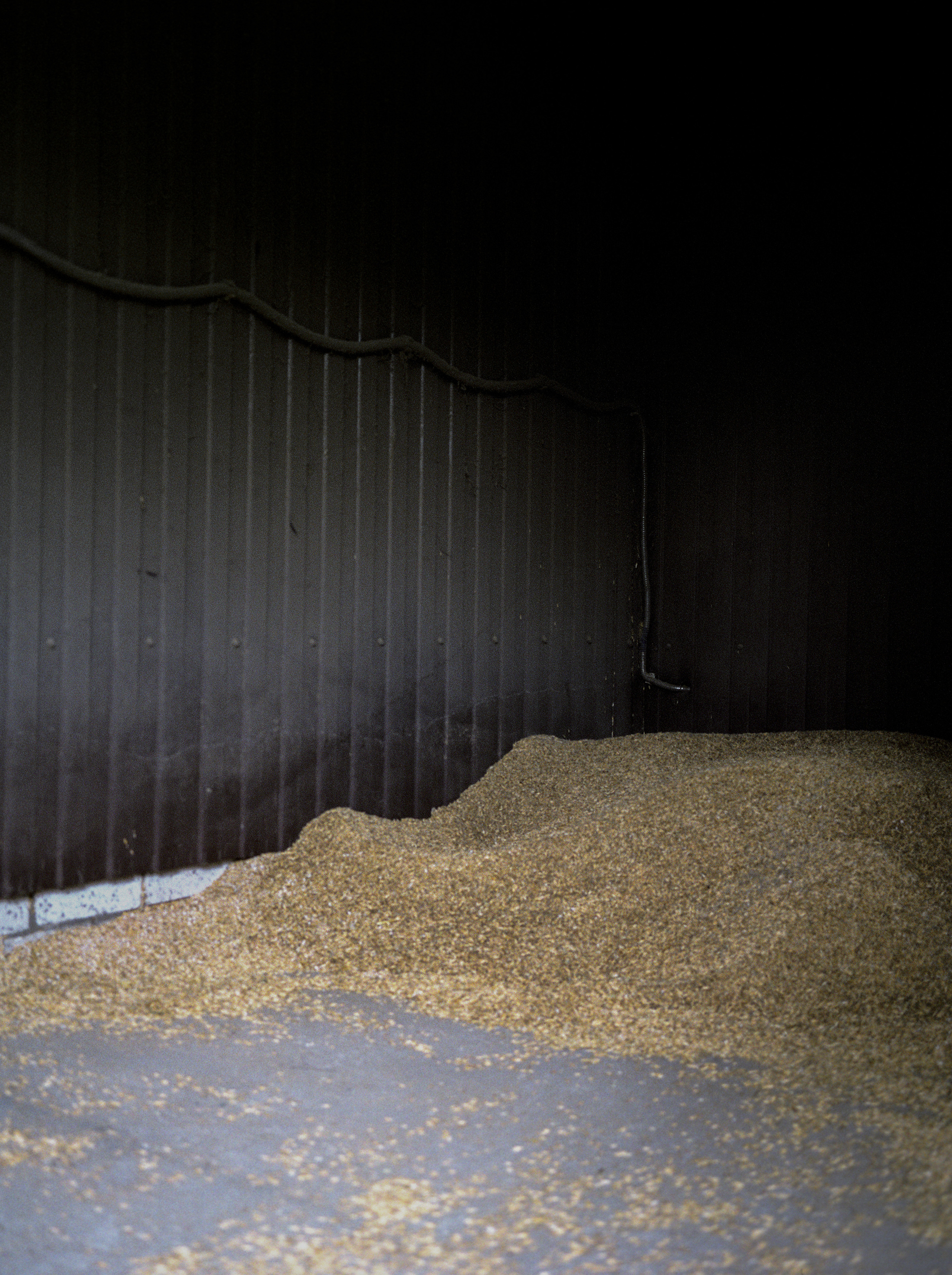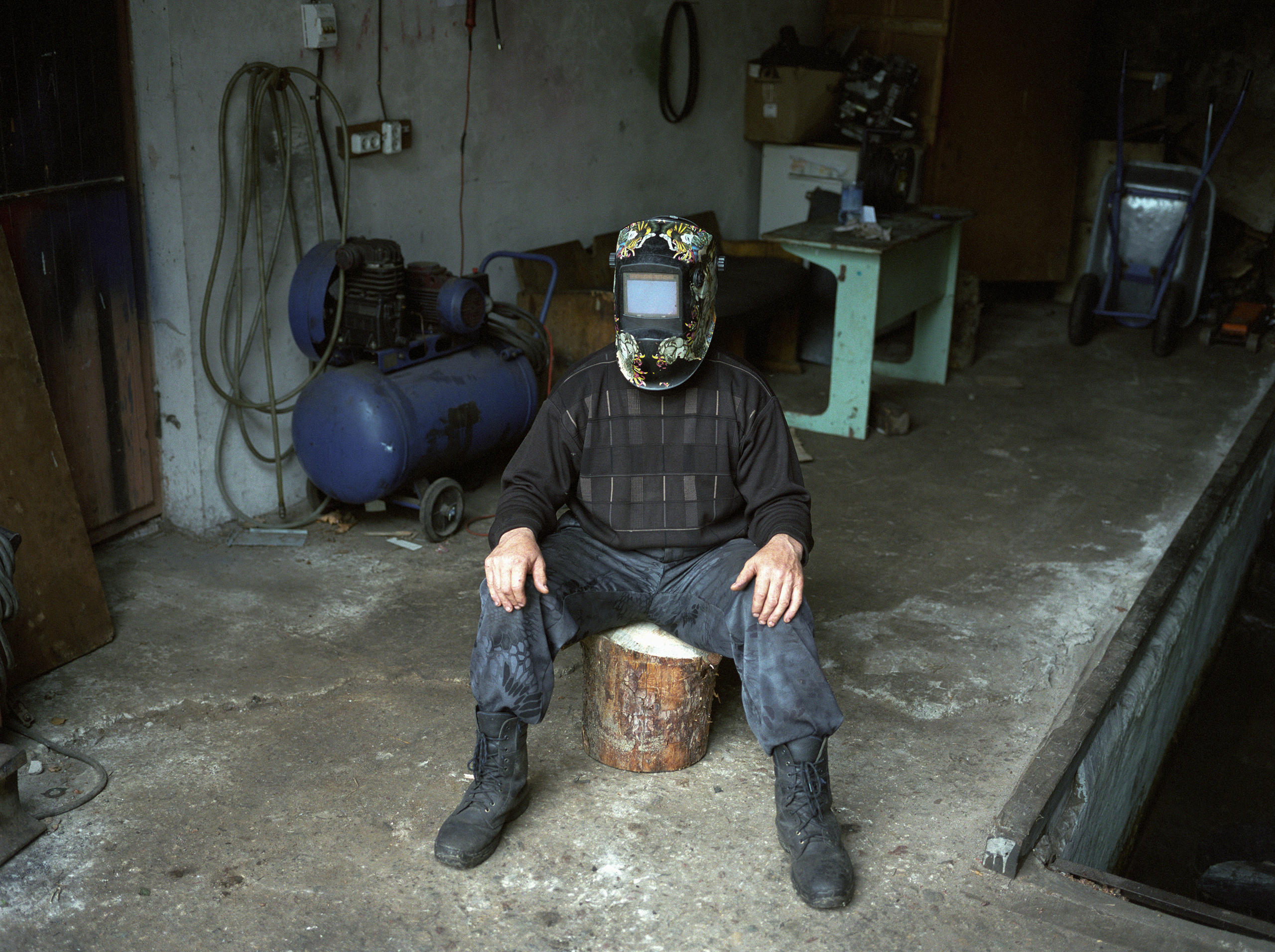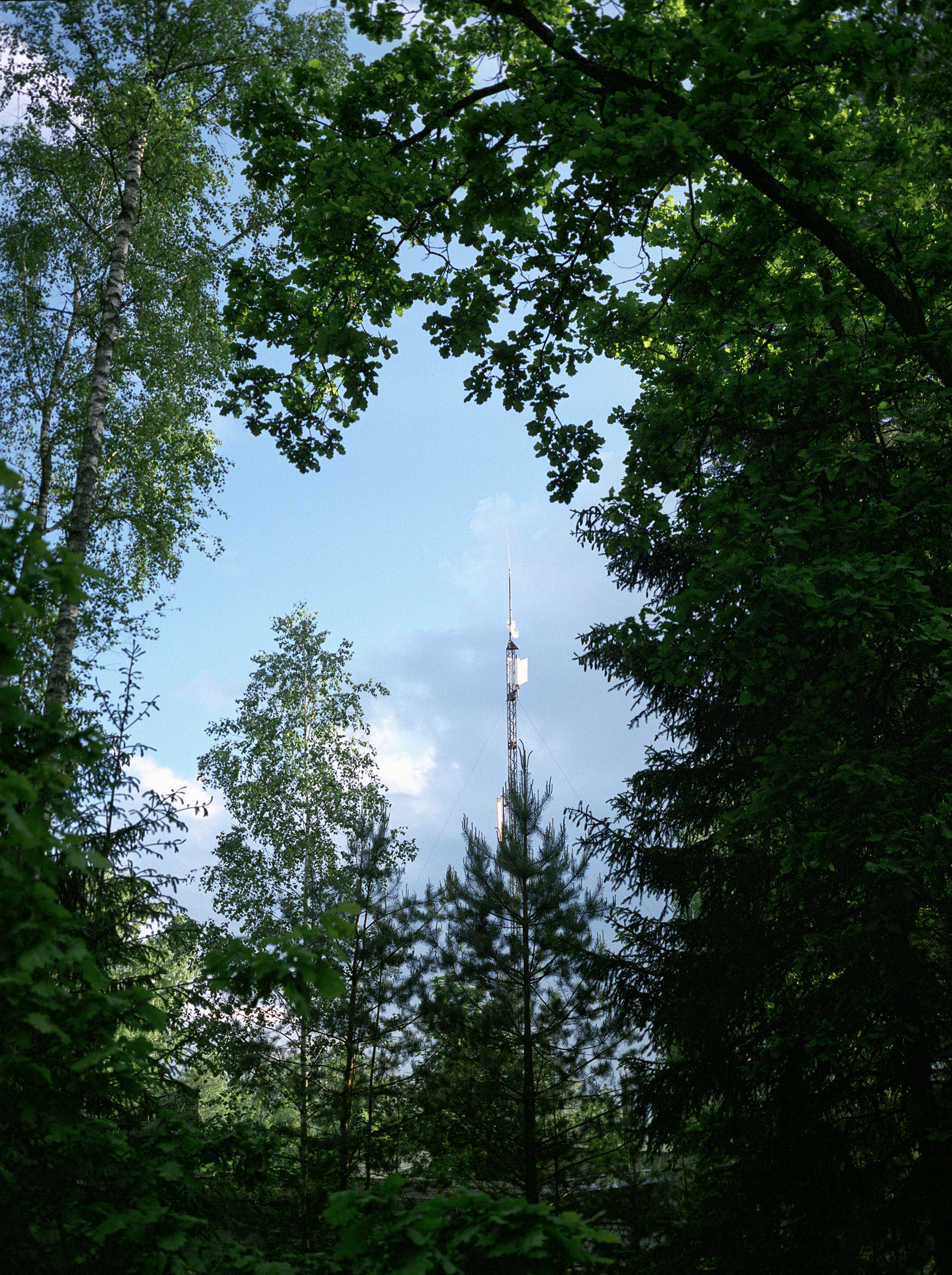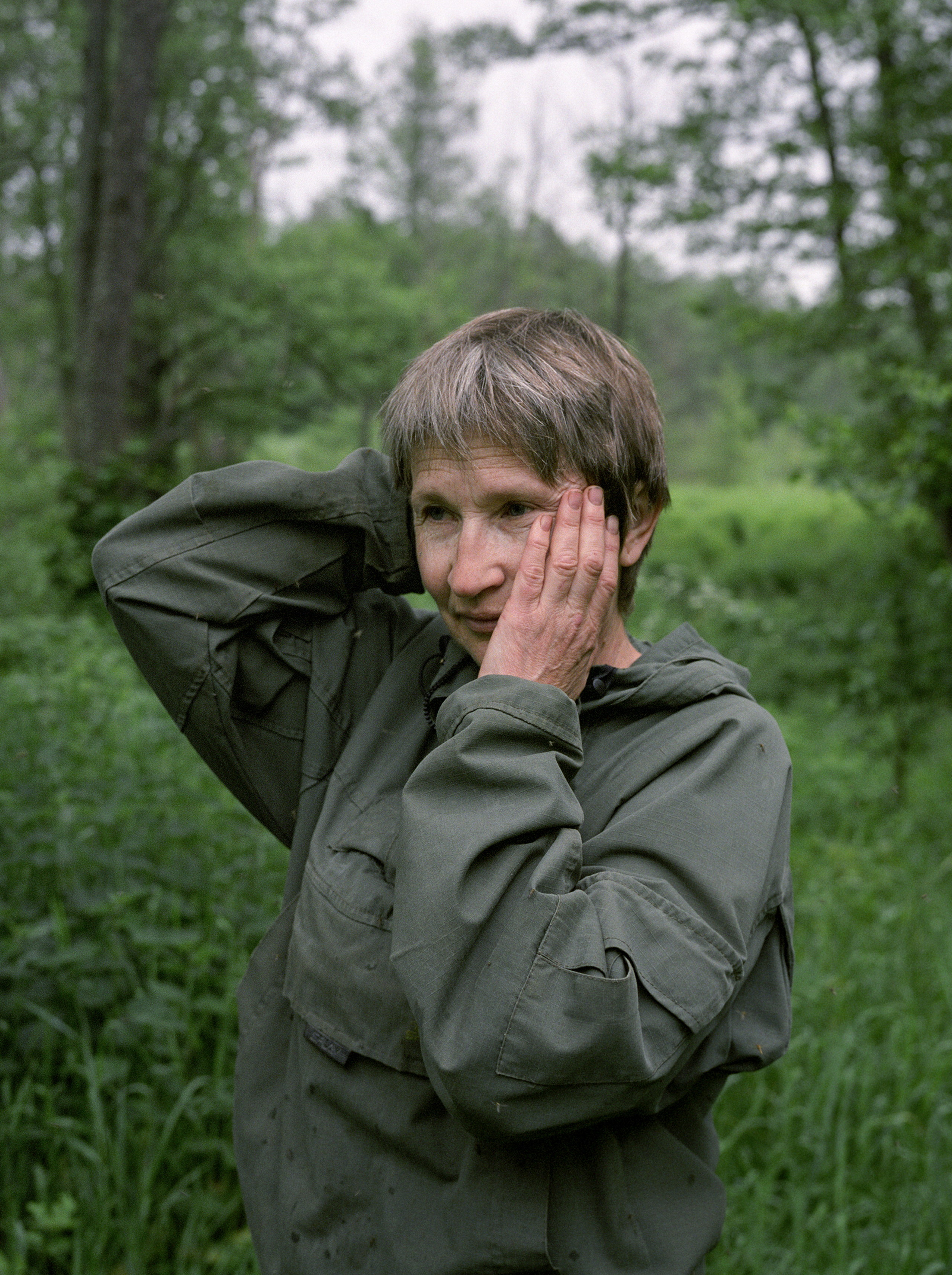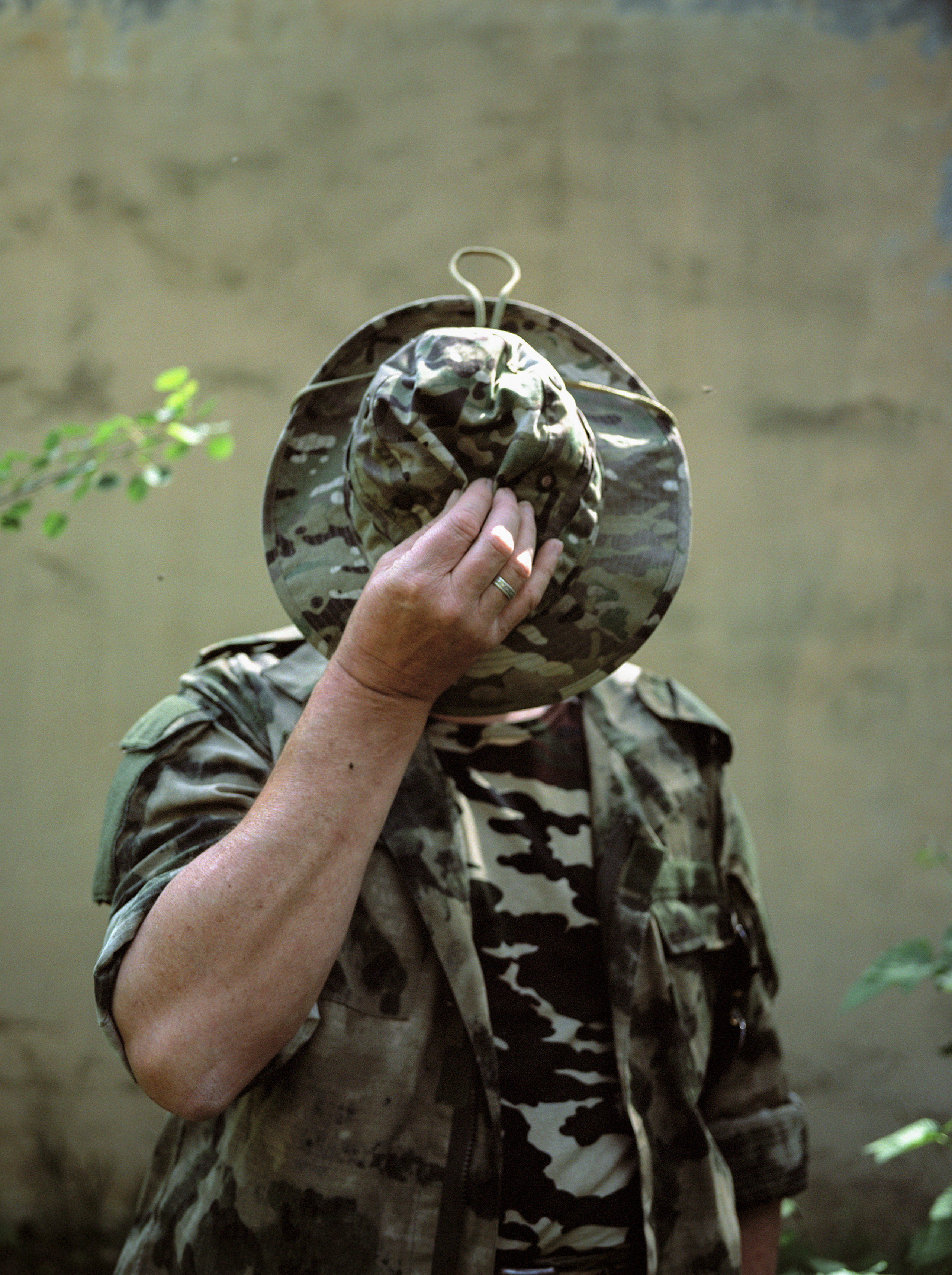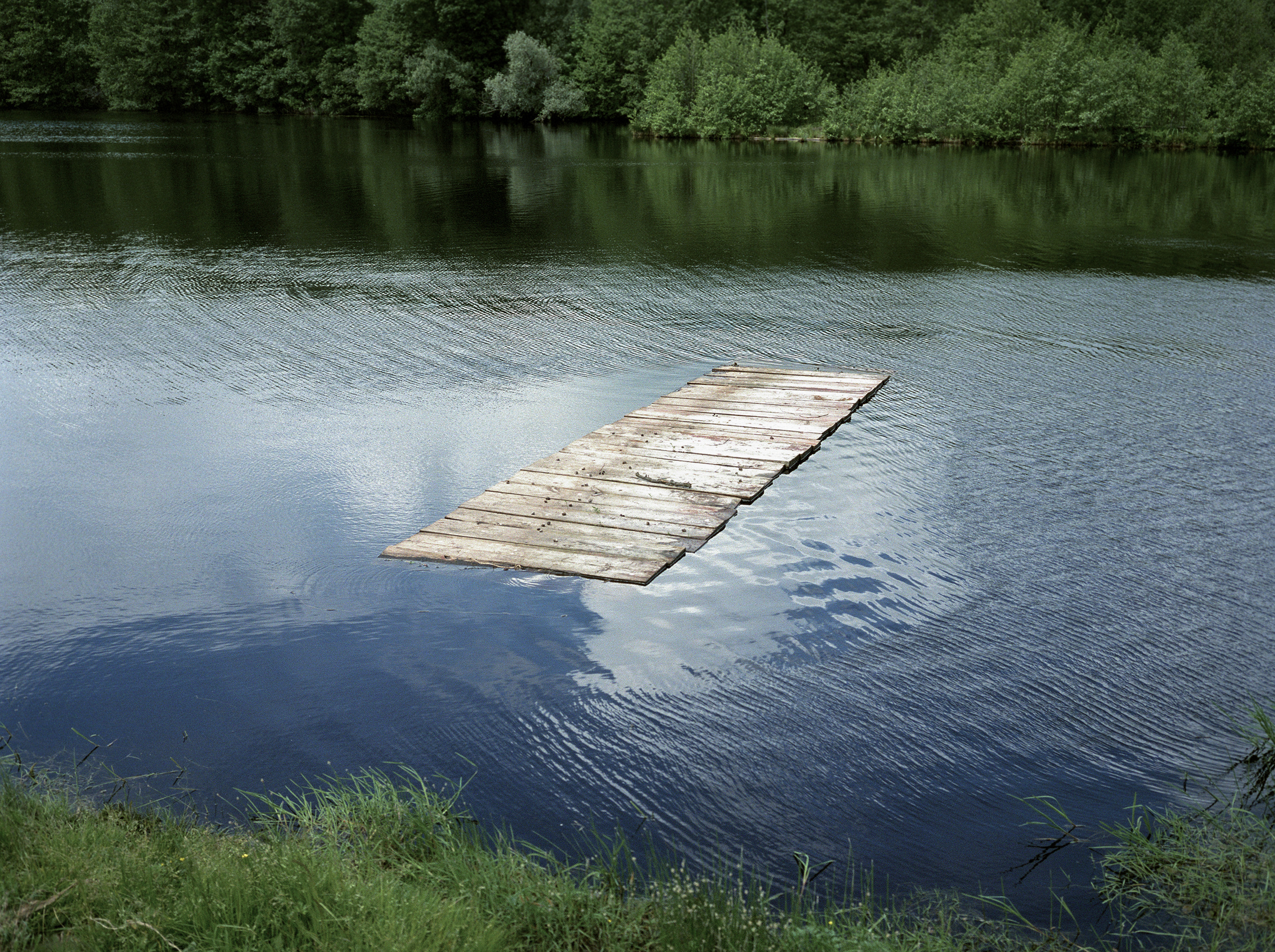Брянский
лес.
Заповедник
«Брянский лес» создан на территории древних лесных массивов Брянской области
России, в междуречье Десны и Неруссы. Здесь таежные леса перемежаются с
широколиственными и лесостепью, что способствует видовому разнообразию флоры и
фауны. Создание заповедника позволило
сохранить уходящий, редкий ландшафт европейской части России, а также популяцию
черных аистов, находящуюся на грани исчезновения. Пойменные дубравы брянского
леса являются безопасной средой для их существования.
Территория делится на непосредственно сам заповедник и охранную зону, где расположена Центральная усадьба заповедника. В штате заповедника числится около 60 сотрудников. Часть сотрудников — инспекторы, разного рода рабочие и мастера — приезжают на службу ежедневно из ближних поселков. Ученые-специалисты, ботаники, зоологи и фенолог-орнитолог постоянно проживают на территории усадьбы в собственных домах. Ежедневно инспекторы и ученые проводят проверку, осмотры и необходимые исследования, разбивая территорию заповедника на отдельные участки для упорядочивания наблюдений. При этом все эти участки имеют равную значимость и приоритетность, будь то молодая ель или косуля, попавшая в камеру наблюдения, или же тот самый редкий черный аист, под эгидой сохранения популяции которого был создан заповедник.
Связь человека с природой в заповеднике не является естественной, при которой человек, его жизнь и деятельность включена в природные циклы. Тем не менее, здесь можно разглядеть их соприкосновение. Через внимание, участие, заботу люди заповедника восстанавливают утерянное.
SANCTUARY
In the age of swift natural resources development and subsequent depletion it proves particularly valuable to be able to appreciate such forms of human-nature interactions where humans are but observers; the human within a natural reserve is accepting of time, not trying to accelerate the development; not pushing in order to force interactions upon the environment.
The Bryansk Forest Natural Reserve was established within the ancient Bryansk Region massifs in the interfluve of river Desna and river Nerussa. A unique ecosystem and biodiversity emerged due to the combination of boreal forests (taiga), temperate deciduous forests and forest steppes. The natural reserve’s creation has allowed to preserve the rare, disappearing landforms of Russia’s European part as well as the near extinct population of black storks. The floodplain oak forests of the Bryansk Natural Reserve are a safe environment for the population’s existence.
The area is divided into the natural reserve itself and a protected area where the Reserve’s Central Manor is located. The Reserve’s personnel is comprised of 60 employees. Some of them — inspectors, general workers and craftsmen — travel to work from nearby villages on a daily basis. Scientists, botany experts, zoologists and a phenologist-ornithologist reside permanently in their own houses within the Reserve. Every day the inspectors and the scientists review the territory and carry out necessary tests and examinations, splitting up the area into separate zones in order to establish order and ease observation. All of the zones are of equal importance and each is given the same priority status as the rest of them, and so are separate objects, be it a young spruce or a roe deer spotted by a trail camera, or even the rare black stork whose population conservation served as the main motive for the Natural Reserve’s formation.
The connection between human and nature within the Natural Reserve is not a naturally occurring one; human activity is removed from the natural cycles. Nonetheless, here is where the two can be seen approaching each other. With care, attention and active partaking humans restore what has been lost.


